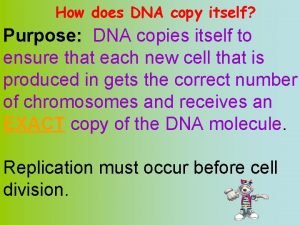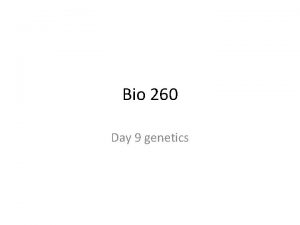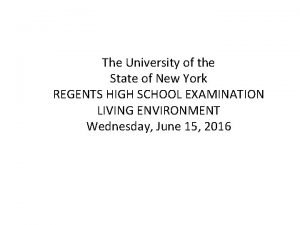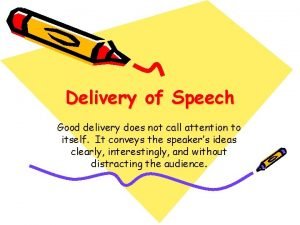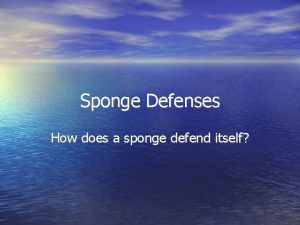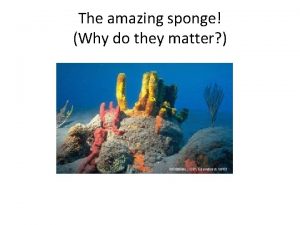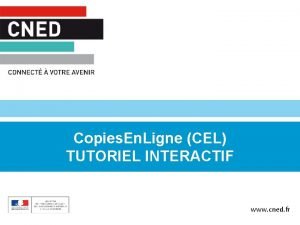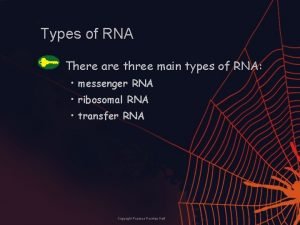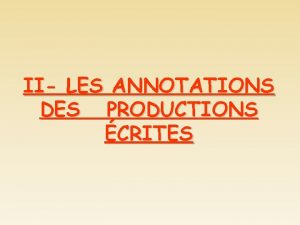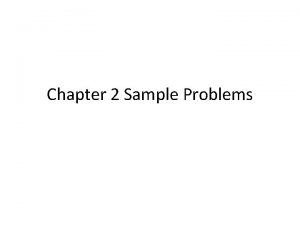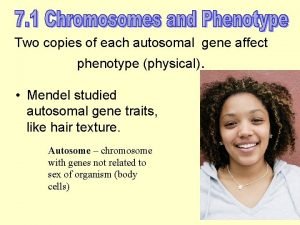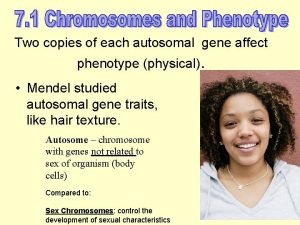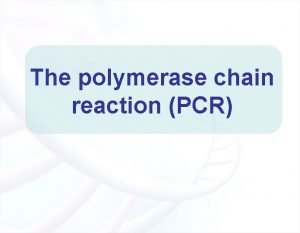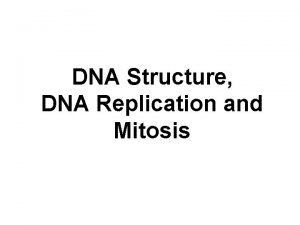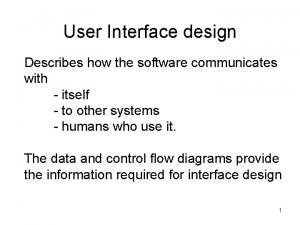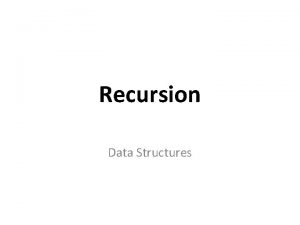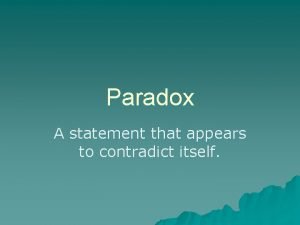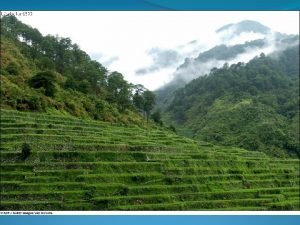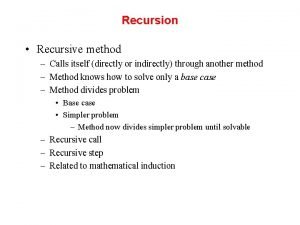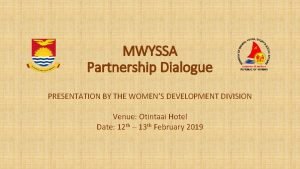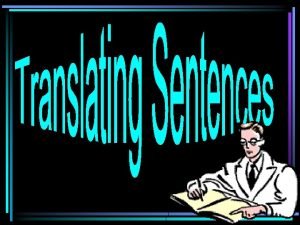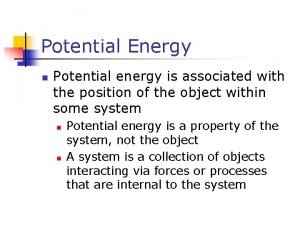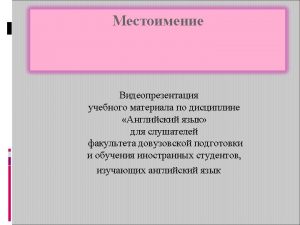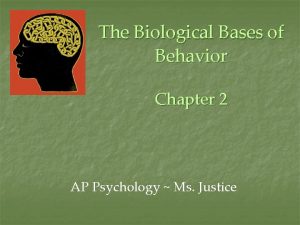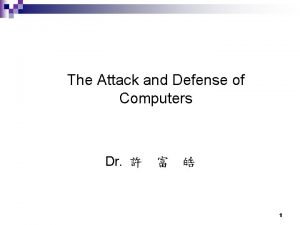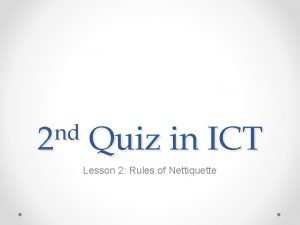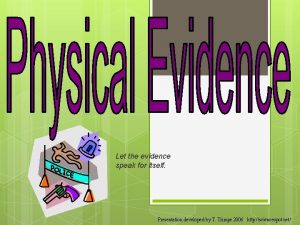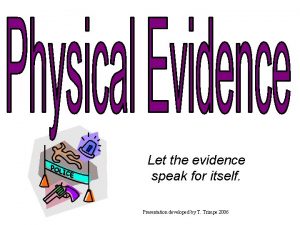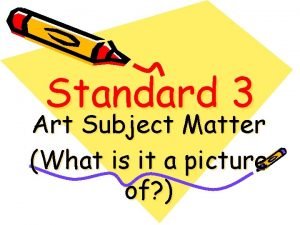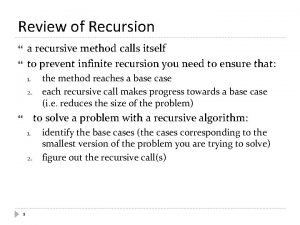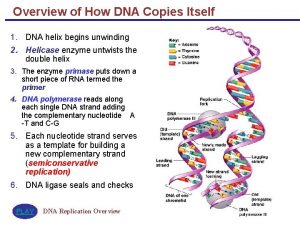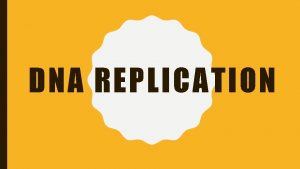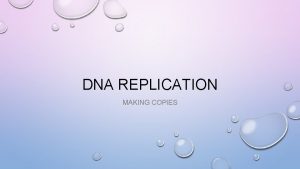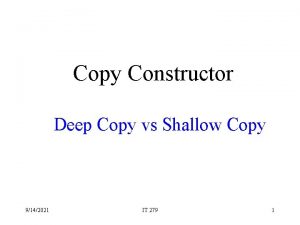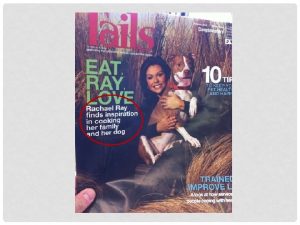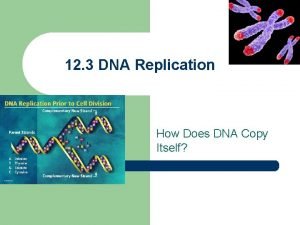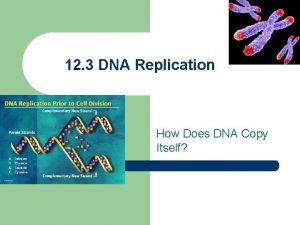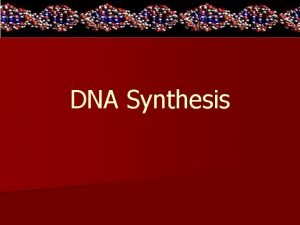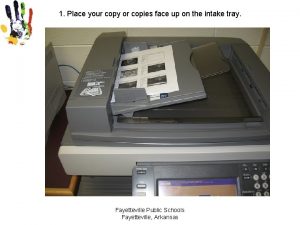How does DNA copy itself Purpose DNA copies
















































- Slides: 48

How does DNA copy itself? Purpose: DNA copies itself to ensure that each new cell that is produced in gets the correct number of chromosomes and receives an EXACT copy of the DNA molecule. Replication must occur before cell division.

• This is called DNA REPLICATION. • The DNA molecule serves as its own pattern or template so as an exact copy can be made.

Watson and Crick • The model that Watson and Crick where the nitrogen bases pair suggested a mechanism for DNA to replicate.

Messelson and Stahl • They proved that DNA is semiconservative by attaching radioactive material to DNA. As the cell divided, they observed the new DNA in each cell and saw that it contained half of the old. • Semiconservative: contains half of the old strand when DNA is replicated.

STEPS OF DNA REPLICATION 1. Helicase begin to unzip the double helix at many different places. The hydrogen bonds between the bases are broken. Occurs in two different directions. 2. Free floating in the cytoplasm nucleotides pair with the bases on the template. DNA polyermase bonds together the nucleotides. Small segments are bonded together.

3. Two identical strands of DNA result. The DNA will twist back together. DNA is called SEMICONSERVATIVE because it uses an old strand to make a new one. This results in 2 new identical DNA molecules.

DNA Replication Video http: //www. youtube. com/watc h? v=zd. Dki. Rw 1 Pd. U&feature= player_embedded

DNA Replication Fork Point where DNA is split apart to replicate. Forms a Y!

Role of Enzymes • 1. Helicase unzips the two DNA strands. • 2. DNA polymerase is the enzyme that joins individual nucleotides to produce a new strand of DNA. Proofreads DNA when finished!

DNA Replication in Prokaryotic Cells • 1. Proteins binds to starting point. • 2. Starts at a single point and proceeds in both directions.

Eukaryotic Replication • Since eukaryotic cells are so much bigger, the replication will start at dozens to hundreds of different places on the DNA.

Transciption – Making of RNA • Transcription – process of copying DNA to produce a complimentary strand of RNA. Transcription is making RNA from DNA • Purpose = to make RNA that is complimentary to the DNA

Types of RNA There are three (3) types RNA: 1. Messenger RNA – (m. RNA) carries messages from the DNA in the nucleus to the cytoplasm (ribosome). 2. Transfer RNA – (t. RNA) 20 different kinds which are only able to bond with one (1) specific type of amino acid. Carries the amino acids to m. RNA.

Types of RNA • 3. Ribosomal RNA – (r. RNA) major component (part) of the ribosomes

RNA TRANSCIPTION Transcription – the process by which DNA makes RNA. Steps in RNA Transcription: 1. A special enzyme tells DNA its time to make RNA. 2. The enzyme tells the nucleotides to only bond with RNA nucleotides. -The code letters for RNA are: A, C, G and U.

RNA TRANSCIPTION 3. Process occurs just like DNA replication --When complete, only a single strand of RNA is formed UNLIKE DNA’s double strand. --All three types of RNA are formed this way. --All leave the nucleus and travel out into the cytoplasm.


Transcription Video • http: //www. bing. com/videos/search? q=tran scription&view=detail&mid=EE 2661 D 8806 7 BDEFF 3 E 7 EE 2661 D 88067 BDEFF 3 E 7&fi rst=0&FORM=LKVR 8&adlt=strict

RNA TRANSLATION Definition=Protein Synthesis: the formation of a protein using information coded on DNA and carried out by RNA in the assembly of amino acids. Proteins are: a. Amino acids in chains – 20 kinds b. Made of 10’s or 1000’s of amino acids c. Must be arranged in a specific sequence for each type of protein d. Function & type of protein is determined by amino acid sequence e. DNA makes RNA f. RNA orders the amino acids

RNA TRANSLATION Translation Process: 1. m. RNA goes to the ribosomes, t. RNA goes to the cytoplasm. 2. t. RNA picks up amino acids& brings them to the ribosome. 3. m. RNA tells t. RNA in which sequence to assemble the proteins. (m. RNA is the template!) 4. An amino acid chain is a protein.

RNA TRANSLATION So WHAT? ? : DNA makes RNA makes amino acid chains Amino acid chains make proteins Proteins make cells

Go to gslc. genetics. utah. edu/units Translate & Transcribe a Protein and What is a Protein?

Translation • Groups of 3 nucleotides on the m. RNA code for each amino acid to build a protein. • These groups of 3 are called: CODONS • The t. RNA brings the correct amino acid to the chain. • You will build your own proteins tomorrow with the m. RNA that you made yesterday!

We have been told that DNA is the blueprint for life, BUT what does that mean? DNA holds the instructions that tell a cell how to construct amino acid chains. That is important because amino acid chains build proteins. AND Proteins build cells

Steps to Protein Synthesis • 1. DNA replication – make new DNA • 2. Transcription – DNA message given to RNA • 3. Translation – RNA is translated in amino acid chains(protein).

Prokaryotic - Protein synthesis • Location – cytoplasm • At the same time. • Eukaryotic – Protein synthesis

SO, HOW DOES AN AMINO ACID CHAIN GET BUILT? Well, first we have to make somethin RNA stands for ribonucleic acid It differs from DNA in three ways: 1. RNA is single stranded. 2. The sugar in RNA is called ribose. 3. Uracil is one of the bases in RNA. There is NO thymine in RNA. This means A goes with

DNA Replication • Replication: coping of DNA • The DNA molecule produces 2 IDENTICAL new complementary strands following the rules of base pairing: A-T, G-C • Each strand of the original DNA serves as a template for the new strand

Semiconservative Model • Replication is called semiconservation because one strand of DNA is used to as a template to make the new DNA.

Steps of DNA Replication 1. DNA unzips and the hydrogen bonds between the nitrogen bases pulled apart. The base pairs are separated and are left exposed. This occurs in two different directions. This occurs along hundreds of different places at a time. . Parental DNA Template New DNA

Steps of Replication 2. Free-floating nucleotides are paired up to the free nucleotides. DNA polymerase bond the nucleotides together. 3. Two identical strands result. DNA polymerase checks for mistakes when complete.

DNA Replication • DNA has 80 million base pairs in a chromosomes. DNA is copied at about 50 base pairs per second. This would take a month if replication did not occur at hundreds of different places at once.

Replication Quiz A---? G---? 2. Describe how replication works. C---? T---? A---? 3. Use the complementary rule to G---? create the complementary A---? strand: G---? C---? A---? G---? T---? 1. Why is replication necessary?

Replication Quiz A---T 1. Why is replication necessary? G---C So both new cells will have the correct C---G DNA T---A 2. When does replication occur? A---T During interphase (S phase). G---C 3. Describe how replication works. A---T Enzymes unzip DNA and complementary G---C nucleotides join each original strand. C---G 4. Use the complementary rule to A---T create the complementary strand: G---C T---A

(1961) Watson & Crick proposed… • …DNA controlled cell function by serving as a template for PROTEIN structure. • 3 Nucleotides = a triplet or CODON (which code for a specific AMINO ACID) See p. 303 • AMINO ACIDS are the building blocks of proteins.

DNA Transcription • DNA can “unzip” itself and RNA nucleotides match up to the DNA strand. See p. 301 • Both DNA & RNA are formed from NUCLEOTIDES and are called NUCLEIC acids.

DNA Translation • The cell uses information from “messenger” RNA to produce proteins See p. 304 -305 We will discuss details of this on a later date

Types of Nitrogen Base Pairs DNA RNA 1. Adenine w/ 1. Uracil w/adenine thymine 2. Cytosine w/ w/guanine

CAUGCA

Transcription/Translation Quiz 1. identify the amino acids coded for by these codons: UGGCAGUGC ACCGUCACG

1. Why is transcription necessary? Transcription SIGNALS messenger RNA (m. RNA) to carry the code for proteins out of the nucleus, to the ribosomes in the cytoplasm. 2. Describe transcription. RNA polymerase binds to DNA, separates the strands, then uses one strand as a template to assemble MRNA. 3. Why is translation necessary? Translation assures that the right amino acids are joined together by peptides to form the correct protein.

4. Describe translation. The cell uses information from MRNA to produce proteins. 5. What are the main differences between DNA and RNA. DNA has deoxyribose, RNA has ribose; DNA has 2 strands, RNA has one strand; DNA has thymine, RNA has uracil. 6. Using the chart on page 303, identify the amino acids coded for by these codons: UGGCAGUGC tryptophan-glutamine-cysteine

7. WHAT ORGANELLES ARE INVOLVED IN TRANSCRIPTION?

AMAZING DNA FACTS… • DNA from a single human cell extends in a single thread for almost 2 meters long!!! • It contains information equal to some 600, 000 printed pages of 500 words each!!! (a library of about 1, 000 books)

LET’S REVIEW DNA… LM p. 44 1. List the conclusions Griffith & Avery, Hershey & Chase drew from their experiments. 2. Summarize the relationship between genes & DNA. 3. Describe the overall structure of the DNA molecule. 4. What are the 4 kinds of bases?

Reading Questions: 1. Are RNA Polymerase the same as DNA polymerase? 2. What role do “Promoters” have in transcription? 3.

SNORK ACTIVITY DIRECTIONS • TURN TO THE “DNA, RNA & SNORKS” PAGE IN PACKET: • READ THE 2 PARAGRAPHS ABOVE THE TABLE, AND THE 3 RD PARAGRAPH BELOW THE TABLE.

AUA, UCG, GGC, UAU
 What is it called when dna copies itself
What is it called when dna copies itself Copies of dna
Copies of dna Replication process
Replication process Which sequence of organisms represents a food chain
Which sequence of organisms represents a food chain Good delivery does not call attention to
Good delivery does not call attention to Does malicious code manifest itself
Does malicious code manifest itself Amur leopard distribution map
Amur leopard distribution map How does sponges protect itself from predators
How does sponges protect itself from predators Amazing sponge
Amazing sponge Copiesenligne cned
Copiesenligne cned What are the three main types of rna
What are the three main types of rna Annotations sur les copies
Annotations sur les copies Sedlor properties purchased office supplies
Sedlor properties purchased office supplies Autosomal gene
Autosomal gene Two copies of each autosomal gene affect phenotype
Two copies of each autosomal gene affect phenotype Pcr copies
Pcr copies Replication
Replication Bioflix activity dna replication nucleotide pairing
Bioflix activity dna replication nucleotide pairing Coding dna and non coding dna
Coding dna and non coding dna Dna and genes chapter 11
Dna and genes chapter 11 Dna replication
Dna replication What is a sentence purpose
What is a sentence purpose General purpose specific purpose central idea
General purpose specific purpose central idea Describes how a software communicates within itself.
Describes how a software communicates within itself. A nation that destroys its soils
A nation that destroys its soils Sun stunned sand smothered land
Sun stunned sand smothered land Remains poem message
Remains poem message It is a repetitive process in which algorithm calls itself.
It is a repetitive process in which algorithm calls itself. Paradox
Paradox N9750y
N9750y A nation that destroys its soil destroys itself
A nation that destroys its soil destroys itself Class for itself marx
Class for itself marx Method that calls itself
Method that calls itself Gender equality is more than a goal in itself
Gender equality is more than a goal in itself One-third of a number is 12 less than the number itself
One-third of a number is 12 less than the number itself A powerful grasshopper launches itself
A powerful grasshopper launches itself Myself yourself himself
Myself yourself himself Suger
Suger Which city established itself as a free commune in 1125?
Which city established itself as a free commune in 1125? How do neurotransmitters influence behavior
How do neurotransmitters influence behavior Fileserver108
Fileserver108 A program designed to send your advertisements, pop-ups
A program designed to send your advertisements, pop-ups Let the evidence speak for itself
Let the evidence speak for itself Let the evidence speak for itself
Let the evidence speak for itself Jellyfish regenerates itself
Jellyfish regenerates itself What is cyclical menu
What is cyclical menu Art without reference to anything outside itself
Art without reference to anything outside itself A method that calls itself is a
A method that calls itself is a Let the evidence speak for itself
Let the evidence speak for itself
